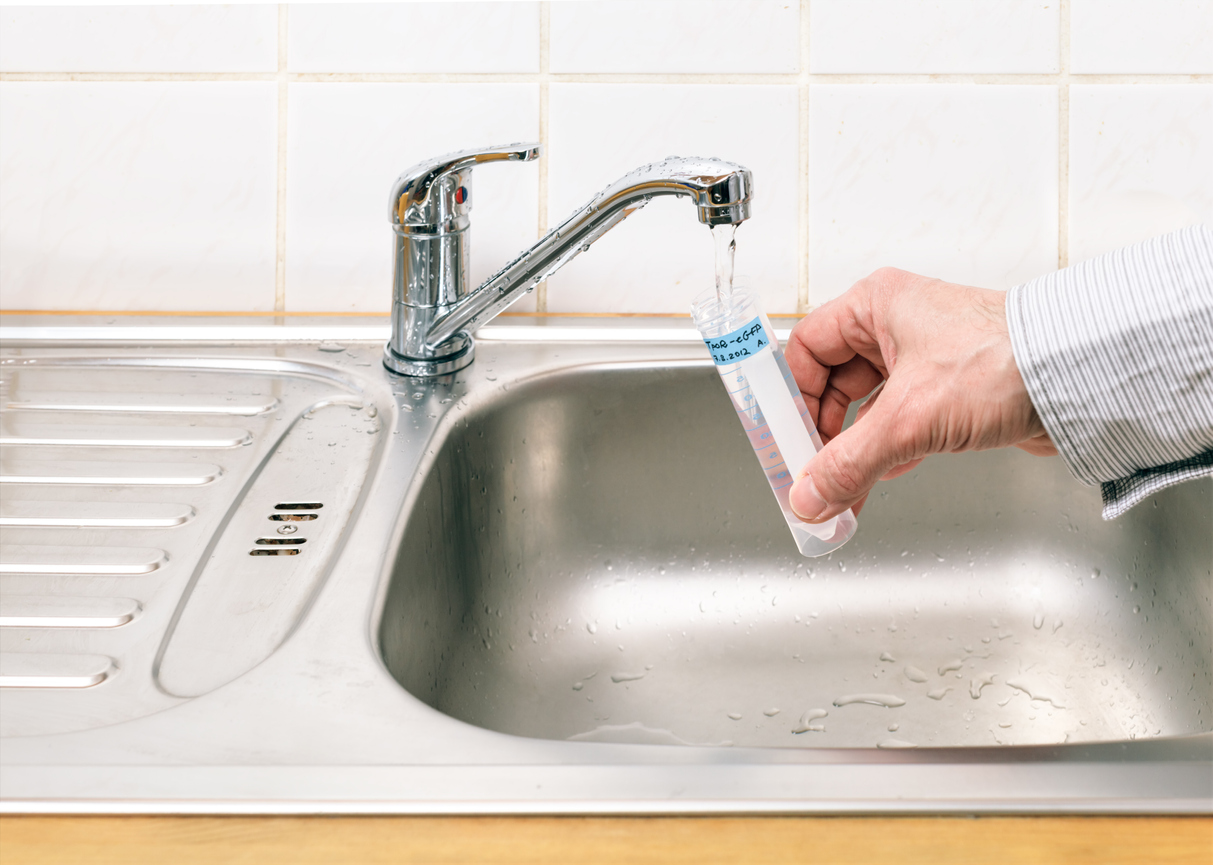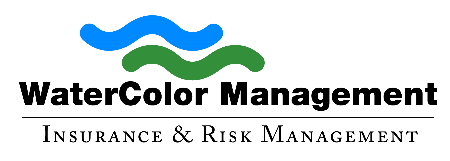
Any homeowner needs to ensure that they have the best water quality in their home to prevent health issues. Also, homeowners and businesses depend on professionals to install the correct purification equipment to keep their water supply free from contaminants.
Water Quality: What You Should Know
While vigilance, proper procedures, and testing all help minimize faulty equipment or contaminants in water, accidents do happen. The water filtration industry and other water-related professions need to know common water risks and take action to prevent possible problems.
Know the Source of Your Water
The first step toward making any water supply safe is identifying its source. Where the water comes from determines the number of possible risks and the best methods to filter and purify it. Water comes from lakes, springs, rainfall, rivers, and underground. It’s usually held in a reservoir and then treated by the local municipality. Individuals that live in rural areas use wells.
Understand Pollution Risks
Water pollution occurs in several ways. It includes chemical runoff, airborne contaminants, and landfills or septic systems that leach into the ground. It’s difficult to clean water once it’s polluted, and the contamination becomes diluted and hard to detect.
Everyone is at risk of experiencing water pollution, and your household practices can contribute to it. Avoid using products that contain chemicals or pesticides. Opt for natural products instead. Don’t empty prescription drugs down a drain where they could enter the water supply.
Take Action to Keep Water Clean
It’s up to everyone to educate themselves and take action to keep their water as clean as possible. Start by getting an annual water quality report to learn about the testing and findings of your municipal water. Those with well water should get annual testing done by a professional.
There are additional measures to take to maintain your water quality. First, keep your plumbing serviced and up-to-date. You must know the pipe material used in your home or business, as PVC, PEX, and metal have various properties and associated maintenance needs. Thus, you should reach out to a professional if you notice an unusual taste, smell, or appearance.
Use the Best Filtration Method for Water
Most water that gets tested regularly is safe to drink. If you want extra protection, one of the best things you can do is get a water filtration and purification system. There are two kinds to consider. A point-of-use filter includes water pitchers and filters mounted to a faucet or under the sink. These are typically easy and fast to install. Whole-house filters require a professional. Your water quality test results determine if an activated carbon or reverse osmosis whole-house filter is best.
Maintaining the quality of your water isn’t difficult once you understand the necessary procedure and identify any risks. Staying informed and taking action to prevent contamination and poor quality drinking water goes a long way to keeping your water safe.
About Watercolor Management
Watercolor Management has insured the water industry for over 30 years. Our policies include unlimited defense cost coverage in the event of a lawsuit against you. Call us at (855) 929-0824 or email info@watercolormanagement.com for a quick quote for your Water Business Professional, Products/Completed operations, Pollution and General Liability Insurance.




